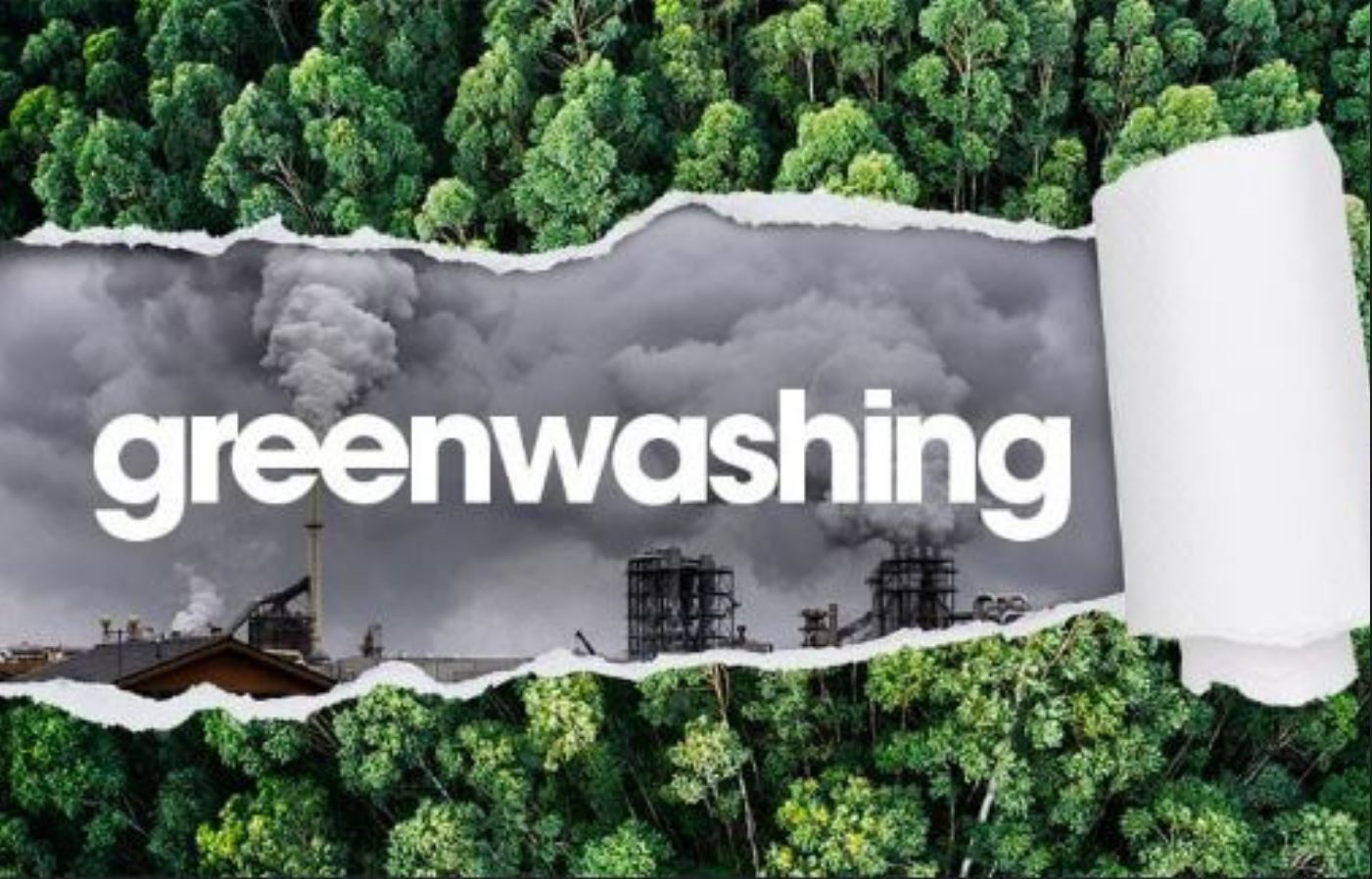
Greenwashing: Behind the Scenes and Harms of a Trend
Today, with increasing environmental awareness, many companies announce that they are taking steps towards sustainability. However, many of these steps are only used as a public relations strategy rather than actually contributing to the environment. This strategy is defined in the literature as “greenwashing” and is described as “companies presenting misleading information to hide their environmentally unfriendly activities or to appear more environmentally friendly”. So, what are the harms of this trend and why do businesses choose this path? Let’s take a detailed look behind the scenes of greenwashing.
Harms of Greenwashing
Consumer Trust is Damaged: Consumers lose trust in brands when they realize that they have been misled into buying products they thought were environmentally friendly.
Real Environmental Efforts Go Unnoticed: Greenwashing overshadows the work of companies that are actually making efforts to contribute to the environment and makes it difficult for them to stand out.
Waste of Resources: A large amount of resources spent on greenwashing could be redirected to projects that could actually deliver real environmental benefits.
Weakening Regulatory Rules: Greenwashing makes it harder for regulators to check environmental claims and can lead to regulations becoming ineffective.
Resources Spent on Greenwashing
Globally, billions of dollars are spent on greenwashing campaigns. Serious budgets are allocated for advertising campaigns, fake eco-friendly certificates, sponsorships and public relations activities. For example, some major oil companies run multi-million dollar advertising campaigns to promote their environmentally friendly projects. However, most of these campaigns are aimed at hiding the total environmental impact of the companies.
Why Do Businesses Prefer Greenwashing?
Competitive Advantage: An environmentally friendly image plays an important role in consumer preferences. Companies aim to get ahead of their competitors by greenwashing.
Marketing Strategy: Eco-friendly messages are used as an effective tool in marketing strategies and are used to attract consumers.
Avoiding Regulatory Pressures: Some businesses aim to reduce pressure from regulatory bodies by greenwashing.
Impact on Perception of Sustainability
Greenwashing negatively affects the perception of sustainability in general. Consumers may lose faith in genuine sustainability efforts when confronted with false eco-friendly claims. This reduces the impact of environmental efforts and policies in the long run.
Regulatory Action Needed
Stricter Regulatory Rules: More stringent and comprehensive regulations should be introduced to check the veracity of environmental claims.
Transparency and Accountability: Companies should be more transparent in reporting and accountable for their environmental impacts and sustainability efforts.
Consumer Education: Consumers should be made aware of greenwashing and educated on how to recognize false eco-friendly claims.
Examples of Interest
Volkswagen Emissions Scandal: Volkswagen claimed that its vehicles were environmentally friendly by manipulating emissions tests. When the scandal broke, both the company’s reputation and its finances were severely damaged. This is a striking example of how destructive greenwashing can be.
BP’s “Green” Advertising Campaigns: BP is known for its big-budget advertising campaigns promoting its environmentally friendly projects. However, events such as the Deepwater Horizon oil spill have raised big questions about the company’s environmental impact. BP’s campaigns are one of the most well-known examples of greenwashing.
Nestlé’s Water Use Claims: Nestlé claims to manage its water resources sustainably. However, it has been revealed that the company has overused water resources in some regions, making it difficult for local people to access water. This situation also reveals the social effects of greenwashing.
H&M’s “Conscious Collection” Series: H&M claimed sustainable fashion with its “Conscious Collection” line. However, the lack of transparency about how sustainable the production processes and materials of this collection really are has led to criticism of greenwashing.
Greenwashing may benefit companies in the short term, but in the long term it can cause serious damage to both companies and the environment. Genuine sustainability efforts should be supported and false claims should be prevented by regulators. Raising consumer awareness and encouraging companies to be transparent is critical to preventing greenwashing. Let us not forget that the protection of our environment is the responsibility of all of us and we must act accordingly.



